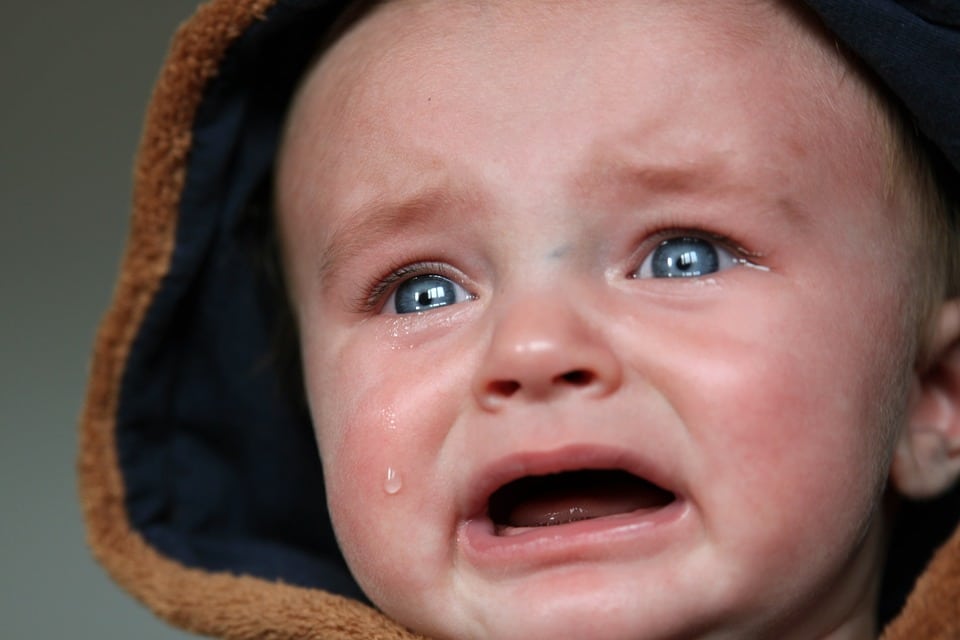Conjunctivitis is a common eye infection that causes inflammation of the lining of the eyelid. It is often referred to as ‘pink eye’ because the white part of the eye often looks a pink or reddish color. This infection can differ from person to person, but it usually includes redness and swelling of the eye.
Conjunctivitis Symptoms
A combination (three or more) of these symptoms is diagnostic for pinkeye.
- Red color where your eye used to be white
- Itchy or burning eyes
- Watery eyes
- Discharge (thick mucus or pus)
- Crusty eyelids/eyelashes
- Feeling like something is in the eye
- Urge to rub eyes
Causes of Pink Eye
Viral Conjunctivitis
Viral conjunctivitis is contagious, and kids often get it from other kids at school or daycare. Children with viral pink eye sometimes have cold or flu-like symptoms, and they may have a watery discharge. This infection usually goes away on its own in 7 to 10 days. However, your healthcare provider can prescribe antiviral medications for some strains. Use over-the-counter saline drops to help relieve symptoms. Remember that antibiotics don’t work on viruses. Viral pinkeye starts in one eye but can spread to the other. Take care not to share items between infected and uninfected eyes.
Bacterial Conjunctivitis
Bacterial conjunctivitis infections are also contagious. This infection is more common in kids than adults and may cause kids to miss school or daycare. Discharge from bacterial pink eye is usually thick and has a yellowish color. Bacterial conjunctivitis may also occur with an ear infection. This infection typically starts in one eye but can spread to the other. Take care not to share items between infected and uninfected eyes.
With antibiotic treatment, bacterial conjunctivitis will go away in a few days. If left untreated, it will go away on its own in 7 to 10 days. However, some bacterial conjunctivitis infections can last up to 3 weeks, so taking an antibiotic can help your child return to school sooner.
Allergic Conjunctivitis
Allergic pink eye is a reaction to an allergen. This reaction is not contagious and is common in people with allergies – especially those with hay fever, asthma, or eczema. Allergic conjunctivitis often occurs after the use of medications or cosmetic irritants. Symptoms include itching and swelling, accompanied by tears. It is seasonal, as is typical with allergies. Treatment includes allergy medications and some over-the-counter allergy drops. Allergic pink eye typically occurs in both eyes.
Environmental Conjunctivitis
Other irritants or foreign bodies can sometimes cause pink eye. There may be an object stuck in the eye. However, it can also occur due to contact with a chemical or other substance. Causes include contact lenses, contact with chemicals, smoke, pollution or dust, and some species of fungi. These infections are not contagious.
The most common cause of environmental conjunctivitis is from wearing a contact lens too long or not keeping your lenses clean. Environmental pink eye usually causes watery eyes and discharge. It can occur in one eye or both.
How to Prevent Pink Eye:
- Wash hands often
- Don’t touch or rub eyes
- Wash away any discharge (and then rewash hands)
- Don’t use the same eye dropper between the infected and uninfected eye.
- Wash pillowcases/sheets/towels after use
- Stop wearing contacts until the infection goes away
- Clean any eyeglasses
- Don’t share personal items (pillows, eye drops, makeup, contact lenses, glasses)
- Don’t go in the pool
At-Home Treatment for Pink Eye
Soak a clean cloth in water and place over one eye for comfort. Don’t use the same material for an infected and uninfected eye. For viral and bacterial conjunctivitis, use warm water for a warm compress. For allergic conjunctivitis, use cool water to soothe the eye(s). Use an over-the-counter eye drop to keep the eye lubricated.
When to Call Your Provider
- Your child is complaining of pain
- Sensitive to light/has blurred vision
- Bright, beefy redness of the eye
- Symptoms are getting worse
- Your child has a weakened immune system (due to other conditions or medication)
Newborns
All newborns with pink eye should see a health practitioner. Newborns with conjunctivitis usually have puffy eyelids that are sore and red. Newborns’ symptoms are sometimes harder to determine, as there can be many causes.
Symptoms of newborn conjunctivitis
- Redness of eye
- Swollen, puffy, or red eyelids
- Pussy discharge from the eye
Causes of Newborn Conjunctivitis
- Blocked tear duct(s)
- Blocked tear ducts are common in newborns. It usually presents in one eye, though sometimes occurs in both. Babies typically outgrow blocked tear ducts, though it may take some effort. Routinely massage below the eye, and between the eye and nose to clear any blockage. If your infant has persistent infections, they may require a referral to a pediatric ophthalmologist.
- Chemicals due to eyedrops
 Infection with virus or bacteria passed from mommy to baby during birth, including:
Infection with virus or bacteria passed from mommy to baby during birth, including:
- Chlamydial Conjunctivitis: A mother with untreated chlamydia can pass the infection on to her baby during childbirth. Symptoms usually occur 5-12 days after delivery.
- Gonococcal Conjunctivitis: A mother with untreated gonorrhea can pass this infection to her baby during childbirth. Symptoms occur 2-4 days after birth.
Finally, for any questions or comments, respond to this blog, or contact us!




